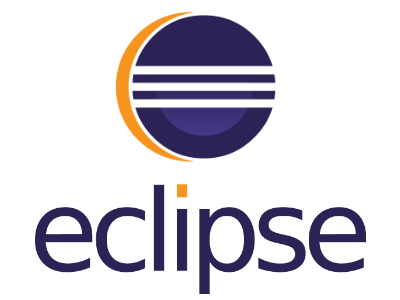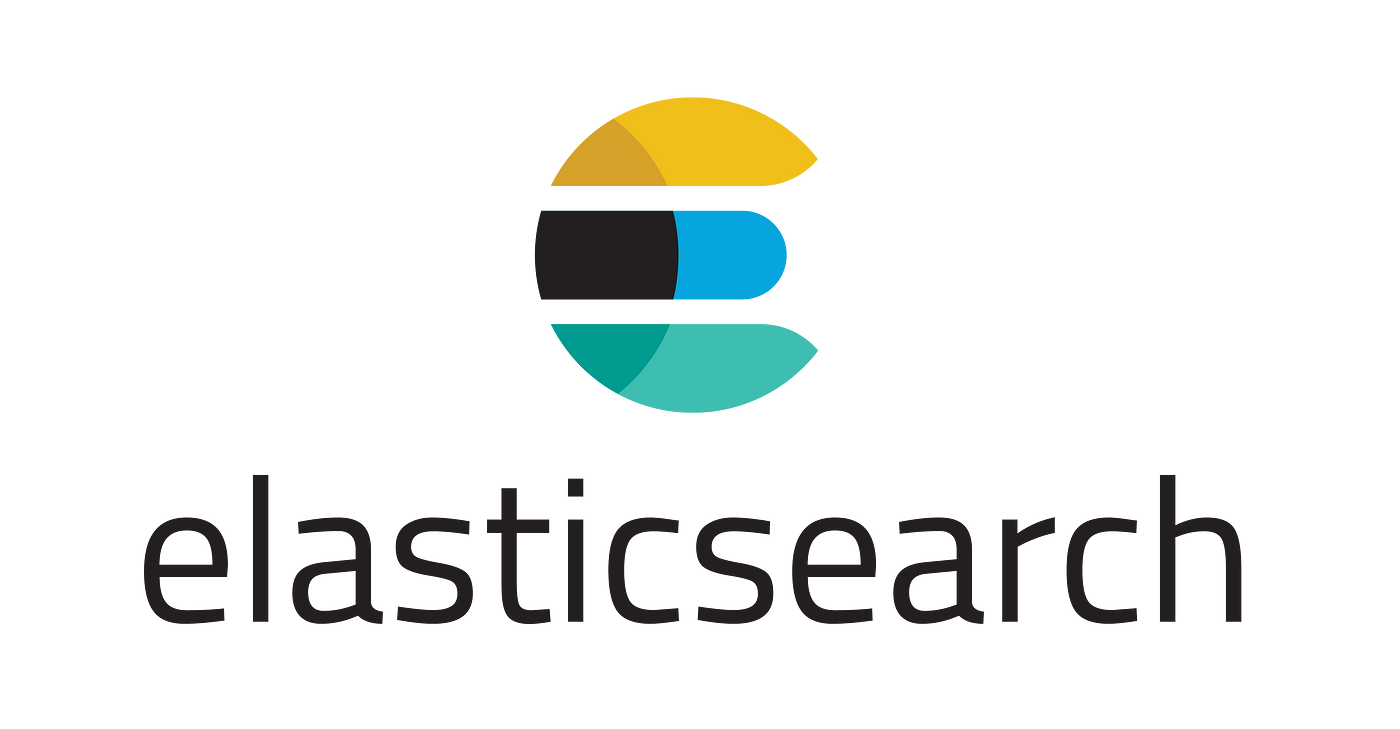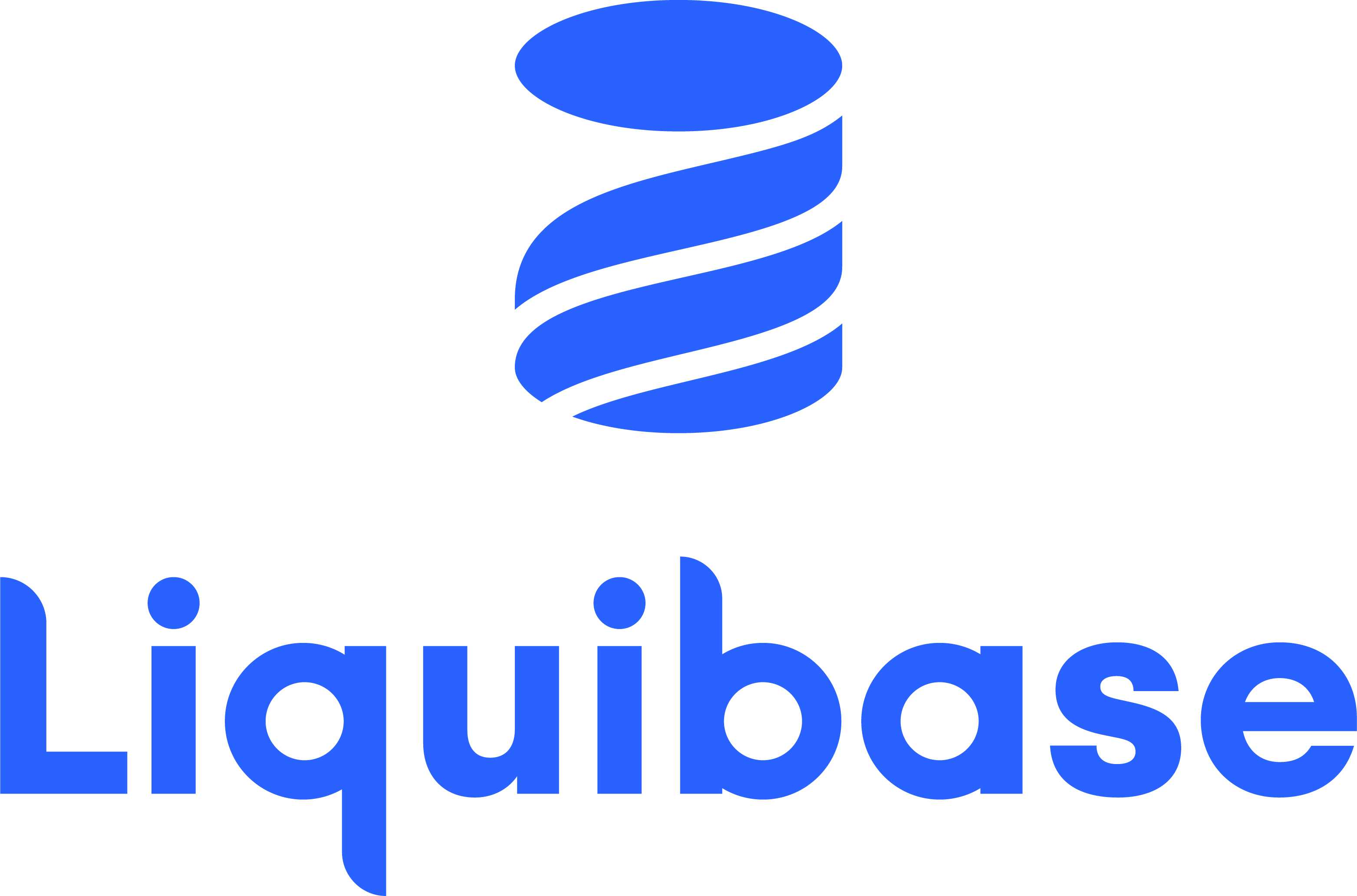In this project, a customised product information management system is being developed for the global company Hama GmbH & Co KG, which also serves as a company platform, integrates various applications and supports company-wide processes.
Industry
Consumer electronics
Accessories
Services
Project management
Process analysis
Project concept
Agile development methodology
Release management
Quick Facts
The challenge
Hama GmbH & Co KG from Monheim in Bavaria is one of the European market leaders for electronic accessories and is represented with its products on all continents around the globe. The accessories specialist’s product range comprises over 18,000 items, which are sold worldwide via the B2B and B2C channels by subsidiaries or trading partners.
Prior to the introduction of a global product information management (PIM) system, the product data for the local markets and their publication channels was managed separately and redundantly by the individual members of the Hama Group. There was no central product data management with clear, comprehensive and group-wide product identification, as well as central administration and localisation of data for the international markets.
At the same time, however, the business requirements of customers and suppliers changed against the backdrop of internationalisation and globalisation. More and more customers began to operate internationally and demanded international or localised product ranges and product information from a single source. In addition, the release cycles in the end device segment increased noticeably, meaning that the life cycles of accessory products shortened rapidly.
For this reason, Hama made the strategic decision in 2010 to consistently and purposefully expand the existing product management system, which was used exclusively within the German parent company, into a central PIM system, to manage international product data centrally and to align the necessary in-house processes in line with a data-orientated corporate culture. This marked the birth of the iSYS PIM system, which emerged as a consistent further development of the old product management system.
The solution
Project duration & realisation
Since the introduction of e-business and e-commerce in 2000, Hama has relied on solutions from iSYS Software GmbH throughout the Group and currently uses the PIM system, the B2B version and B2C version of the iSYS shop system, as well as the publishing module for print organisation for the automated creation of catalogues or brochures.
The solutions used are still being developed and expanded in close coordination with Hama in monthly development cycles so that new functionality can be added quickly in response to current business requirements. Especially in the fast-moving accessories industry with its rapidly shortening product life cycles, this is a key aspect of the company’s competitive advantage.
Benefits
Subsequent steps
As a result, many cost-intensive manual maintenance and administration processes relating to product information were replaced and consistently set up on a system-based and automated basis as part of PIM.
This applies, for example, to the automated maintenance of product relationships. In this way, Hama is digitalising its core competence as an accessories specialist and now manages more than 25 million product relationships in the iSYS PIM system, which are issued via numerous marketing channels – for example in the form of digital and printed compatibility lists for customers or via the accessories wizard in the e-commerce systems.
In addition, due to the increasing standardisation of data transaction processes – keyword data pools – the PIM internal classification system was expanded to include the management of additional, external product classification codes. Today, Hama manages in the PIM system
more than 10 different product classification systems, customer-specific systems and industry standards (e.g. GPC, ETIM, UNSPSC, etc.) and will therefore also be able to place products on international markets in the future.
In 2015, Hama launched the ‘Translation Manager Module’ in the iSYS PIM system for the centralised and automated management of translation orders to an external translation service provider. This has significantly reduced translation turnaround times and automated other processes with reliably available translations. Manual dispatch of documents for the translation of article texts is no longer necessary at Hama.
As a central single point of truth, the iSYS PIM system now manages and controls the product data of the 20 or so companies in the Hama Group – headquarters and foreign branches – and distributes it automatically to the individual Hama country shops, to the brand shops of Hama’s own brands and via interfaces to data pools and to retail partners in stationary and distance selling, and provides the necessary product data for the automated supply of the print channels.
Thanks to the sustainable and rapid development of the system, Hama is ideally positioned for the future and ready for the challenges ahead.
Technologies used










About the customer
Hama GmbH & Co. KG was founded in Dresden in 1923 and is a distributor and manufacturer of accessories in the product areas of photography, video, audio, computers and telecommunications. The company employs around 2,500 people at 20 locations worldwide, including 1,300 at its current headquarters in Monheim, Swabia.
iSYS has been supporting Hama GmbH & Co KG as a reliable partner in a variety of software and digitisation projects for 25 years.

Do you have any questions? We will be happy to help you!
Do you have a project that you would like to talk to us about? You are welcome to contact us at any time. We look forward to getting to know you!
